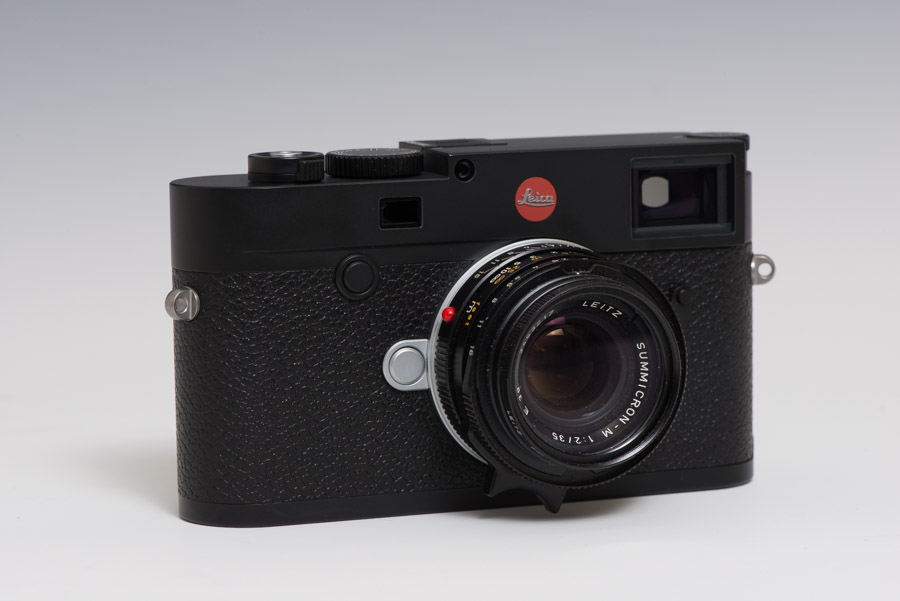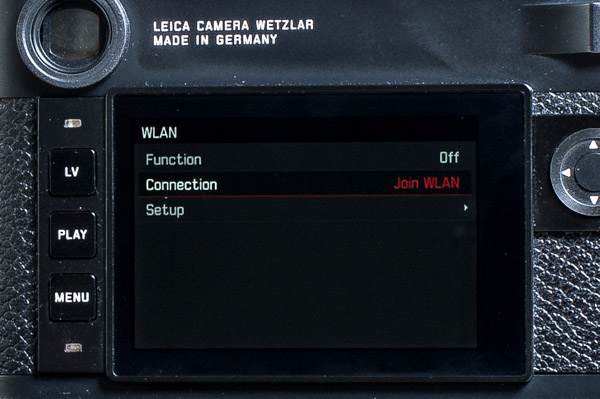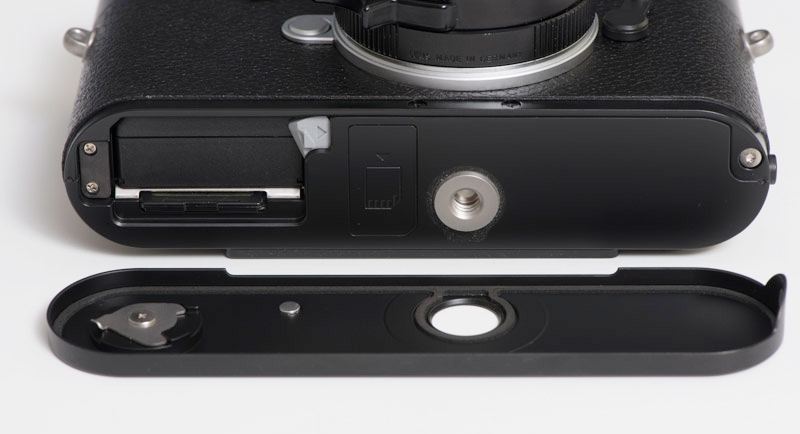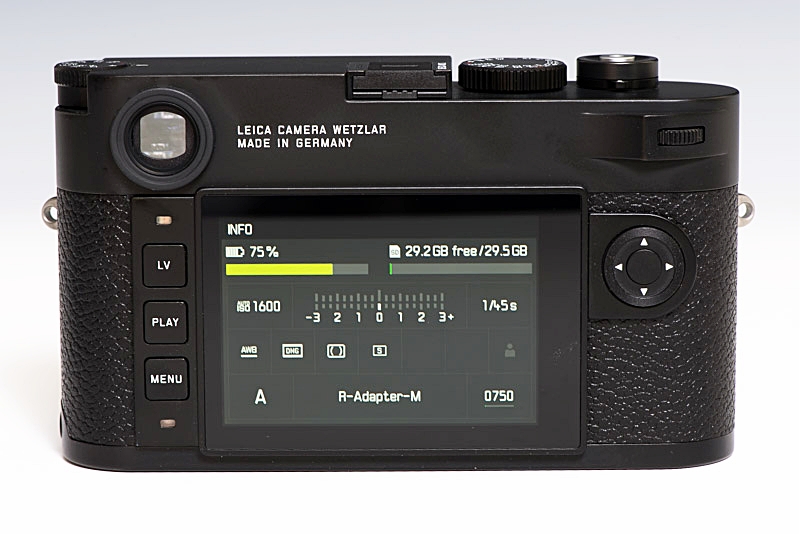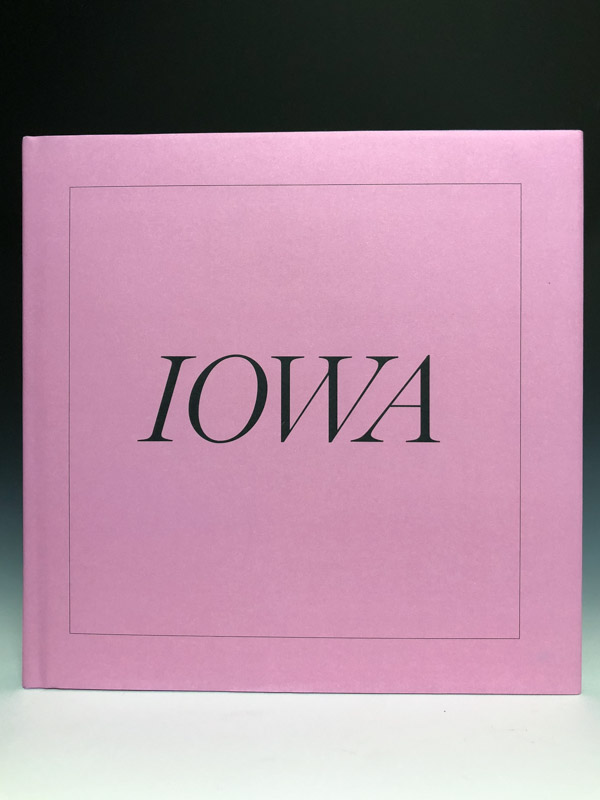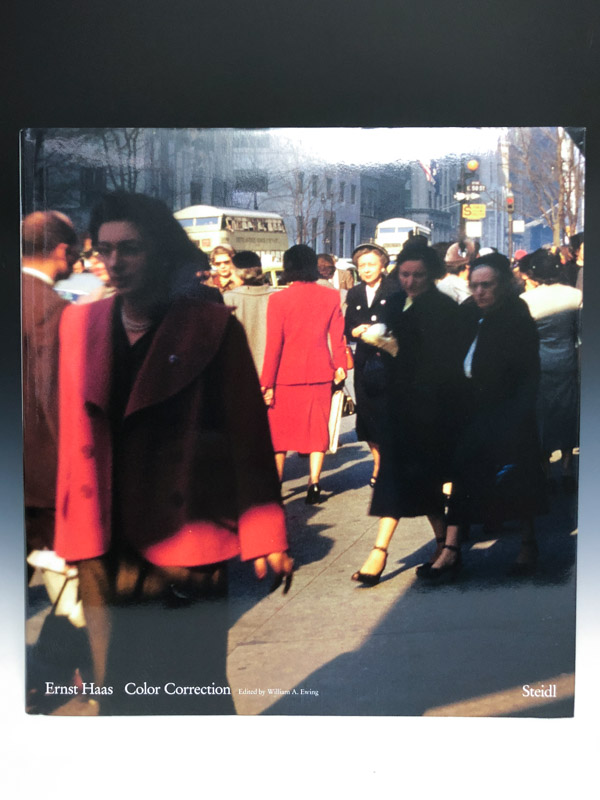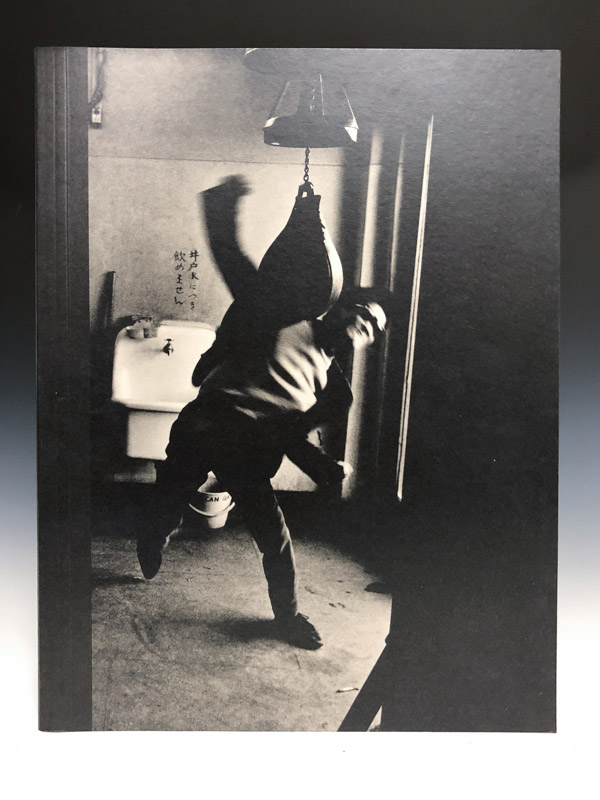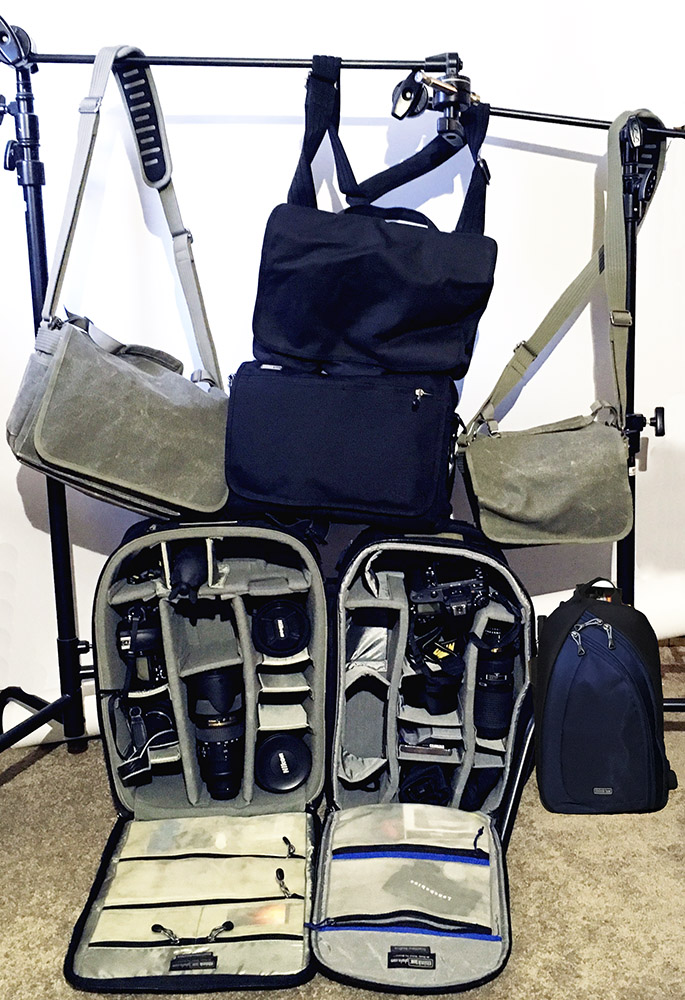Operating a Leica M camera is similar to operating any other camera but there are a few additional precautions that can be taken to ensure quality photographs. Stay in touch with the basics of camera handling, they will pay off in the long run. Remember it is you that takes a photograph, not the camera. The camera only records an image. You are the creative part of the process.
- Always keep the viewfinder window clean. Easier to compose and less glare.
- A sharp and properly framed image can only be obtained by holding the camera correctly. None of this one handed stuff.
- Focus with the camera horizontal and rotate to vertical if needed. It is just more natural that way.
- Preset exposure before hand and just focus and compose at the moment of exposure. Be prepared.
- Gently press the exposure button. Don't jab at it.
- Always use a lens hood. Keeps the lens clean and protects the lens from stray light.
- learn to shoot with both eyes open. Makes you aware of your surroundings and you see elements entering the frame.
- When using wide-angle lenses, prefocus. Use depth of field to your advantage.
- Don't carry too much equipment. Don't get bogged down with equipment.
- Use large apertures. Isolates the subject.
- Use continuous advance sparingly. Select the proper moment.
- Practice holding the camera low and high. You never know when a different view will come in handy.
- Use a tabletop tripod for slow shutter speeds. Brace the tripod against your chest.
- A wide-angle lens stopped down is great for snap shooting.
- Get close. Old advice but it is good advice.
- Always carry a spare battery. no power=no photographs.
Get out there and take photographs. Your not a photographer if you don't make images.

